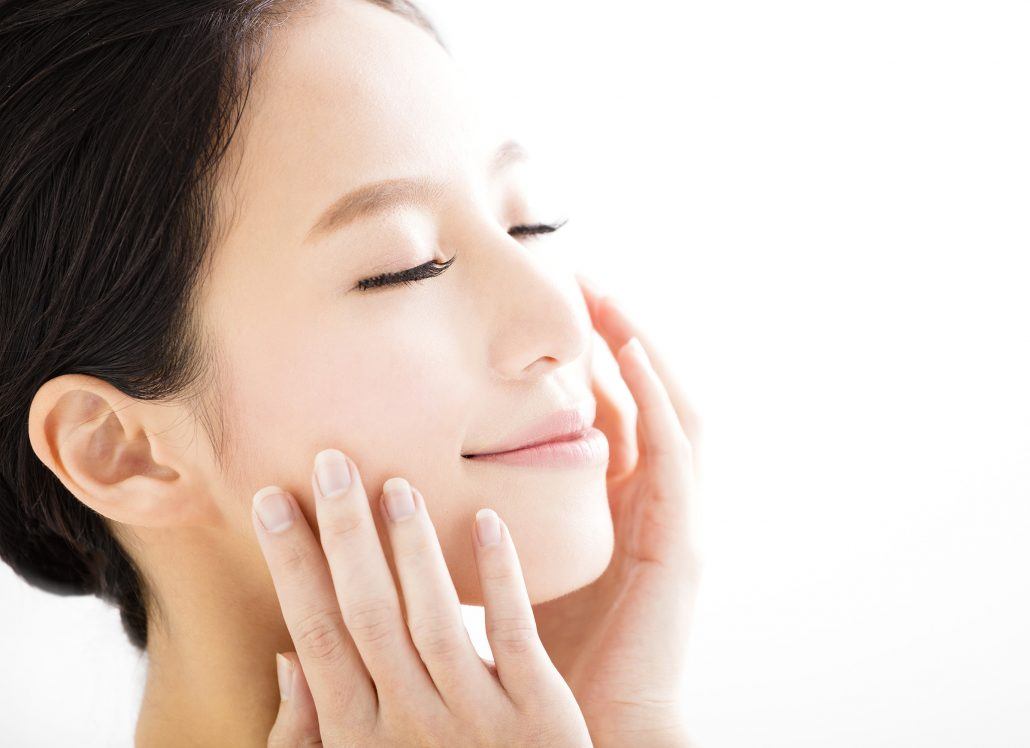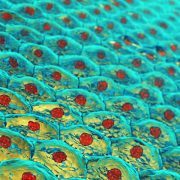Nutrient intakes and skin appearance among women

Using data from the first National Health and Nutrition Examination Survey (NHANES I), scientists examined associations between nutrient intakes and skin appearance in 4,025 women between the ages of 40 and 74 years. Clinical examinations of the skin were conducted by dermatologists. Skin-aging appearance was defined as having a wrinkled appearance, dryness associated with aging (senile dryness), and skin atrophy (shriveling or shrinking).
Higher vitamin C intakes were associated with a lower likelihood of a wrinkled appearance. Higher linoleic acid (an omega-6 essential fatty acid) intakes were associated with a lower likelihood of senile dryness and skin atrophy. A higher than average fat and carbohydrate intake also increased the likelihood of a wrinkled appearance and skin atrophy. These associations were independent of age, race, education, sunlight exposure, income, menopausal status, body mass index, supplement use, physical activity, and energy intake.
Elevated intakes of vitamin C and linoleic acid and reduced intakes of fats and carbohydrates are associated with better skin-aging appearance. Promoting healthy dietary behaviors may have added benefit for the appearance of skin in addition to other beneficial health outcomes in the population.
American Journal of Clinical Nutrition, Vol. 86, No. 4, 1225-1231, October 2007










